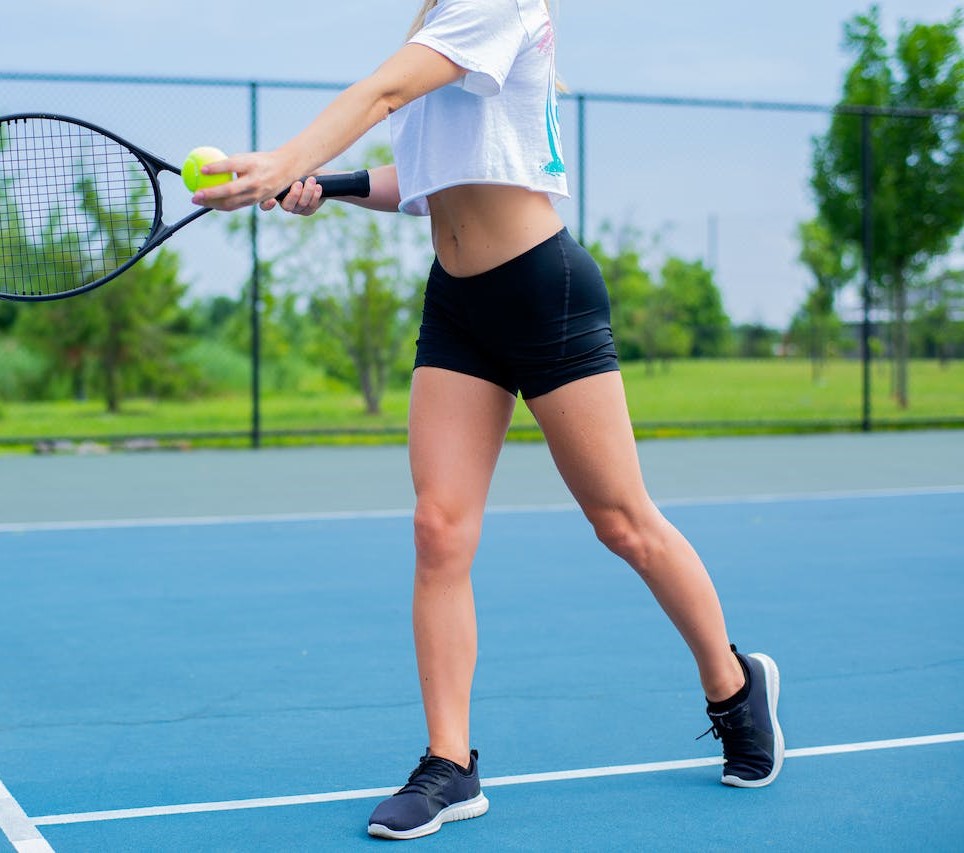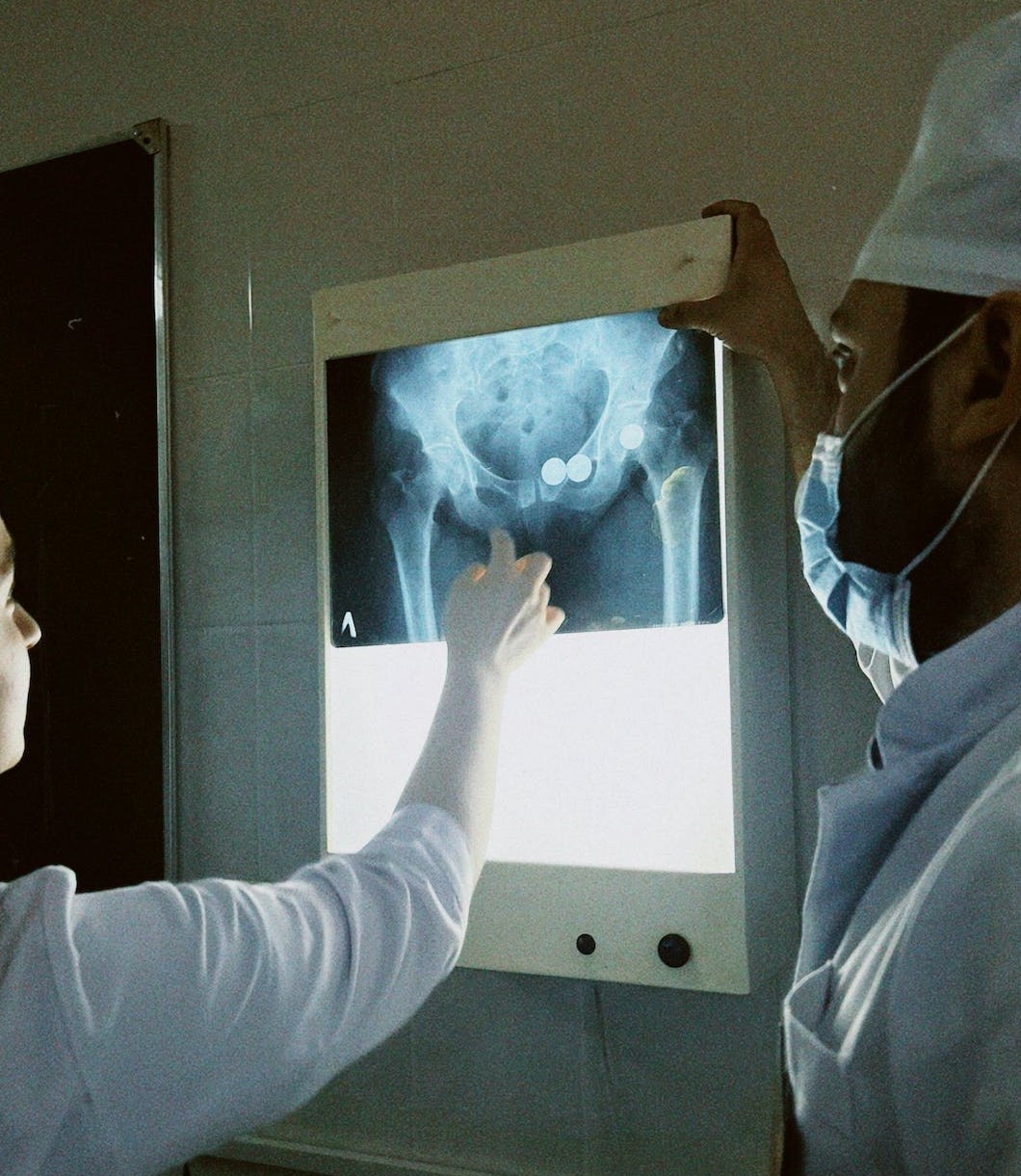Schedule An Appointment With Us
Are Your Symptoms Affecting Your Quality Of Life?
Consult our MOH-accredited orthopaedic surgeon for an accurate diagnosis & personalised treatment plan.
MBBS
MRCSEd
MMED (Ortho)
FRCSEd

A sports hernia, known medically as athletic pubalgia, is a type of soft tissue injury predominantly occurring in the groin area. Characterised by a strain or tear, it primarily affects the oblique muscles in the lower abdomen and the tendons that attach these muscles to the pubic bone. Despite its name, a sports hernia does not involve the formation of an actual hernia, which typically involves the protrusion of an organ through a tissue opening. Instead, this condition is marked by the stretching or tearing of soft tissue, leading to pain and discomfort.
Athletes, especially in sports requiring rapid, forceful movements, frequently sustain this injury. These activities put stress on the lower abdomen and groin, leading to potential soft tissue injuries.
Sports hernias arise from a combination of physical activity and underlying physiological factors.
Those with sports hernia may experience severe pain in the groin area at the time of injury. This pain characteristically becomes less intense with rest but reemerges upon returning to sports activities, particularly those involving twisting movements. This pain can radiate downward, affecting the scrotum and inner thigh.
A sports hernia can impair athletic performance, sometimes necessitating reduced activity or a temporary halt to sports participation.
Unlike traditional hernias, a sports hernia usually does not result in a visible bulge in the groin area. Over time, the weakened abdominal muscles may lead to an inguinal hernia, manifesting as a visible bulge.

Diagnosing a sports hernia involves a multi-step process:
Other conditions, such as adductor muscle tears, can also cause groin pain and present symptoms similar to sports hernia. Diagnosis, particularly the use of MRI scans, can help differentiate between these conditions.
Non-surgical treatments for sports hernia aim to relieve pain, restore range of motion and strength, and facilitate a return to sports and other activities.
Rest and Activity Modification |
In the initial phase, hip specialists may suggest rest and activity modification to reduce pain and swelling. Rest paired with ice application can be beneficial for the first few days post-injury. Reducing the intensity of sports or temporarily avoiding certain movements can help minimise stress on the injury area. |
Physical Therapy |
About two weeks after the injury, hip specialists may suggest engaging in physical therapy. Exercises focus on improving strength and flexibility in the abdominal and inner thigh muscles. This often includes core exercises, stretching, and other targeted activities. |
Anti-Inflammatory Medications |
Non-steroidal anti-inflammatory drugs (NSAIDs), like ibuprofen or naproxen, are commonly used to alleviate swelling and pain. |
Corticosteroid Injections |
In cases where standard anti-inflammatory medications are insufficient, corticosteroid injections may be considered to further reduce inflammation and pain. |
In situations where non-surgical treatments do not yield sufficient improvement, surgical intervention may be considered.
This minimally invasive surgery involves making small incisions and using a slender tool equipped with a camera. The surgeon operates through these small incisions, repairing the torn muscles or soft tissue.
In more severe cases, open surgery might be necessary. This involves a larger incision, allowing the surgeon direct access to the affected area for repair.
Schedule An Appointment With Us
Consult our MOH-accredited orthopaedic surgeon for an accurate diagnosis & personalised treatment plan.
Certain strategies can be employed to mitigate the risk of developing a sports hernia.

MBBS
MRCSEd
MMED (Ortho)
FRCSEd
With over 20 years of experience, Dr Poh Seng Yew is an orthopaedic surgeon specialising in hip, knee, shoulder and elbow surgery, sports medicine, and trauma surgery.




Weekdays: 9.00am – 5.00pm
Saturdays: 9.00am – 1.00pm
Sundays and Public Holidays: Closed
Please leave us a message, and we will be in touch with you shortly.
Recovery from a sports hernia varies based on treatment type and injury severity. Typically, improvement is observed within six to eight weeks with physical therapy. Post-surgical recovery generally takes between six to twelve weeks. Follow all rehabilitation guidelines for effective healing.
While not life-threatening, a sports hernia can affect quality of life and athletic performance. Timely management may assist in mitigating the risk of chronic pain and complications. Reach out to our hip specialist for a personalised treatment plan tailored to your specific condition.
Sports hernias may cause tenderness in the groin area, particularly when pressure is applied. If you experience pain upon touch, consult a hip specialist for a thorough evaluation.
It is generally not recommended to massage the affected area, due to the risk of exacerbating the condition. Our hip specialist can help suggest more suitable treatment options, to promptly and effectively relieve any symptoms.